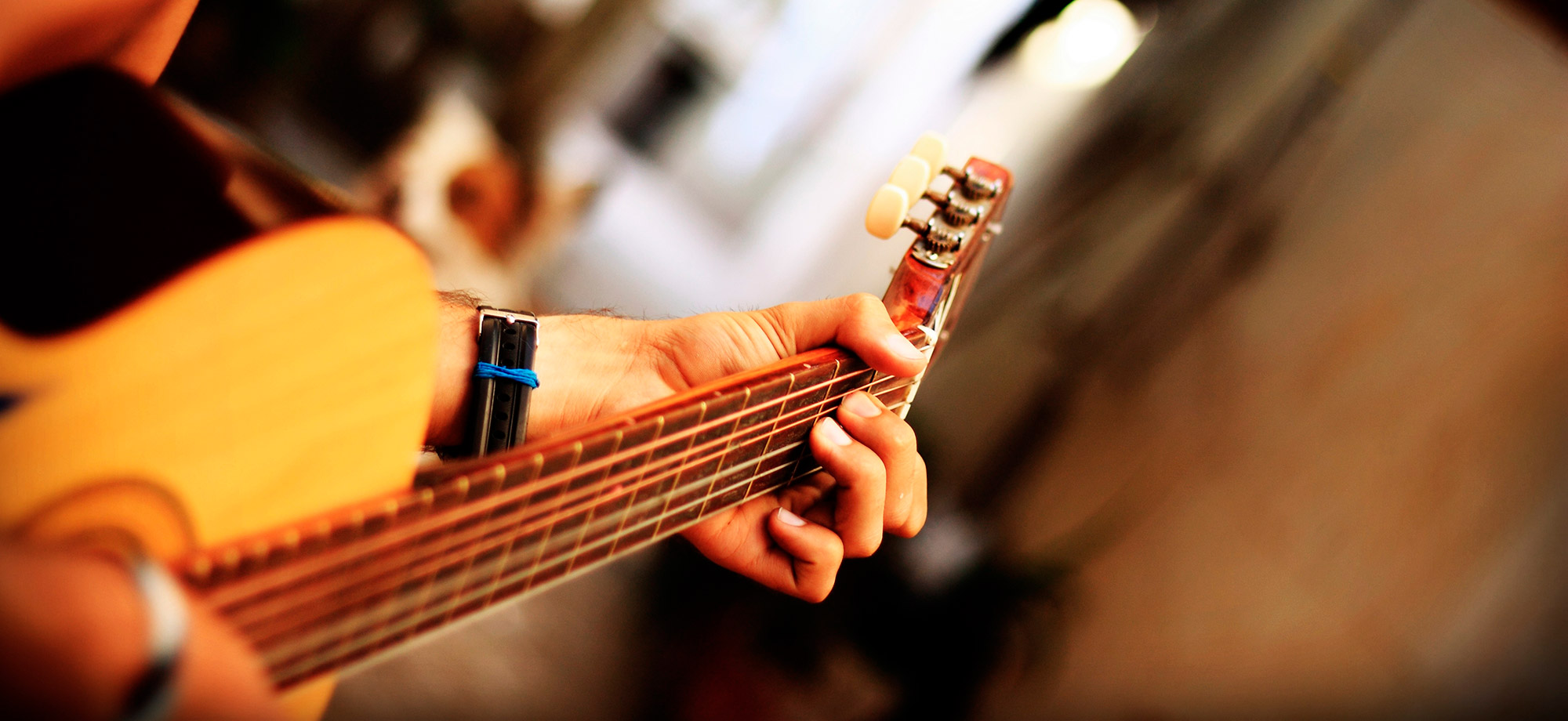What is Musician's Focal Dystonia?
Dystonia is both the symptom and the name of the disease.
The symptom manifests as a permanent involuntary contraction of the muscles of one or more parts of the body.
Focal Dystonia is a type of dystonia that affects a muscle or group of muscles in a specific part of the body.
Musician’s Focal Dystonia (MFD) is a special group among Task-Specific Focal Dystonia as a consequence of a repetitive motor activity closely related to the professional activity performed by musicians.
It appears gradually and progressively.
Musicians are especially vulnerable to this type of dystonia triggered by specific activities, which is manifested by the appearance of pain less involuntary muscular contraction, and loss of motor control in highly trained movements during musical performance.
In most cases, as soon as they stop playing the instrument, the muscles relax.
The causes of Musician’s Focal Dystonia are still not fully understood, and the diagnosis, in itself, is controversial. However, thanks to the contribution of neurophysiological studies and functional neuroimaging techniques, there is a growing evidence of alterations in the processing of sensory information, sensory-motor integration, cortical and subcortical inhibition processes, as well as the influence of sensory stimulation on cortical excitability associated to this pathology.

Symptoms in right-handed guitarists
Right hand
Left hand

Make a complete recovery from Focal Dystonia. Personalized online coaching.
With the correct guidance, recovery from MFD (Musician’s Focal Dystonia) is possible.
First of all, I considere important to emphasize that 90% of the work for recovery from MFD must be yours. The other 10% is completed by the guidance, the tips and exercises that you will find in this site and that constitute the foundations for you to develop the ability to become your own MASTER in this absolutely personal process.
Do you want to know more about Focal Dystonia? Email me and I will contact you!
My name is Walter Silva, I'm a classical guitarist
Recovery from Musician’s Focal Dystonia is possible
+34 630 993 873
